
- Share this page
Share this page
- EN
Select Language
- FAVORITES
- Search
Detailed search: You can do a detailed search by keyword, genre, time, area and tag.
Main content starts here.
- Visit Tokyo |
- EXPERIENCES |
- Stories & Guides |
- Support Tradition Through Japanese Crafts
Updated: December 13, 2023
Support Tradition Through Japanese Crafts
Japan is renowned for its traditional crafts, which it has refined and protected for thousands of years. These crafts provide insight into the heart of Japanese aesthetics and a window into the past. At the same time, they preserve production methods that are kind to the planet. You can learn about and experience these art forms at many facilities in Tokyo, three of which are introduced below.
Tips
- Reserve workshops beforehand and confirm details such as what to bring.
- Wear clothing that can get dirty.
- Take before and after pictures to document your experience.
Bonsai: a reverence for nature
Shunkaen Bonsai Museum
Bonsai, the art of dwarfing and shaping trees and shrubs with techniques such as wiring and pruning, has been practiced in Japan for centuries. The miniaturized plants—also called bonsai—are the product of the deep love and respect for nature felt by each bonsai artist. Though cultivating bonsai is an undertaking without a set endpoint, it is possible to dip your toes into the art form at facilities like Shunkaen Bonsai Museum.
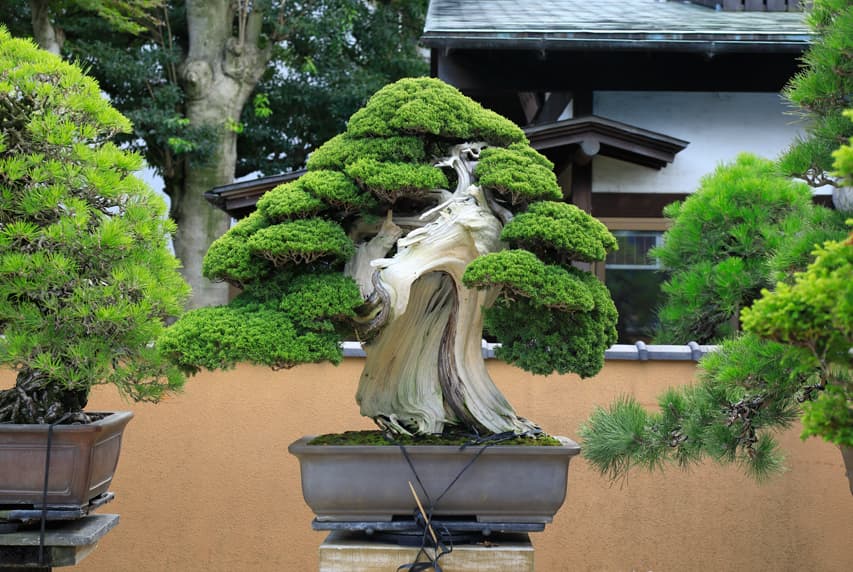
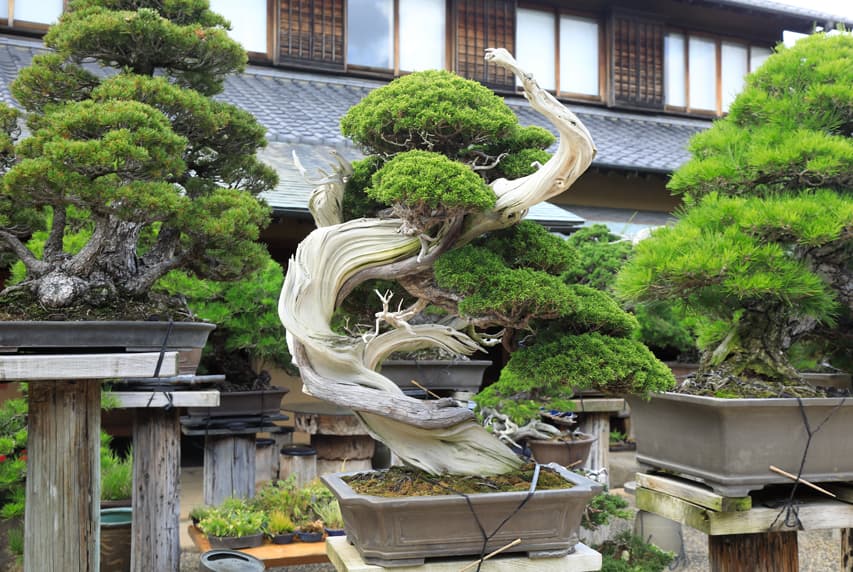
Kunio Kobayashi spent a large sum of money to open the museum, but it now produces bonsai whose value rivals the startup cost, including a tree worth more than US$650,000. While it’s easy to imagine bonsai as a well-protected art form limited to Japanese artists, today bonsai is practiced worldwide. In fact, Kobayashi has spoken about bonsai in more than 30 countries, including several in Europe, as well as the United States, Taiwan and Australia. The museum also welcomes many visitors from abroad and nurtures apprentices from around the world.
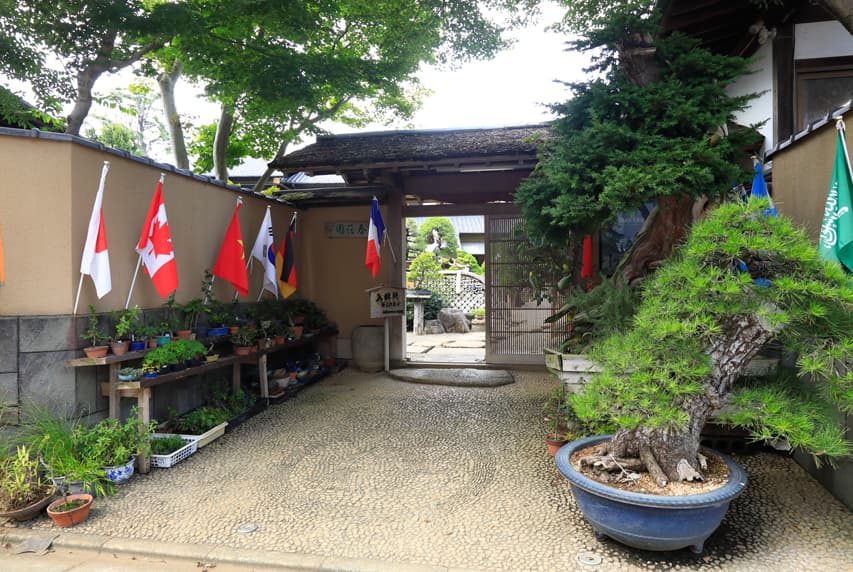
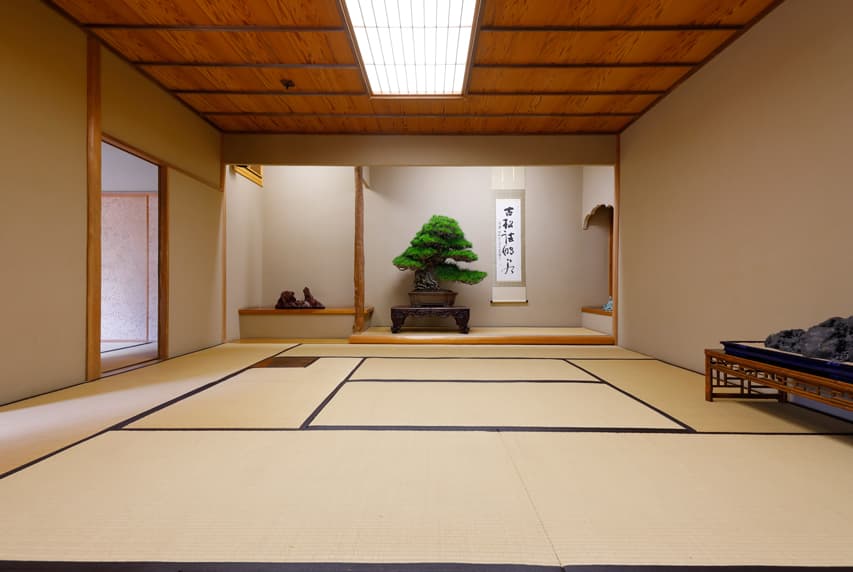
Most of the apprentices here are from overseas, and some worked with bonsai masters in their home countries before arriving in Kobayashi’s nursery. Apprenticeship is a serious commitment. Students study under a master for six years, working every day from dusk to dawn. This determination is written on the apprentice’s hands, which are rough and hardened from twisting branches with wire for years on end.
Shunkaen Bonsai Museum offers bonsai workshops for people of all experience levels. Today’s instructor is an apprentice from Puerto Rico. He introduces us to the basics of bonsai and leads the workshop.
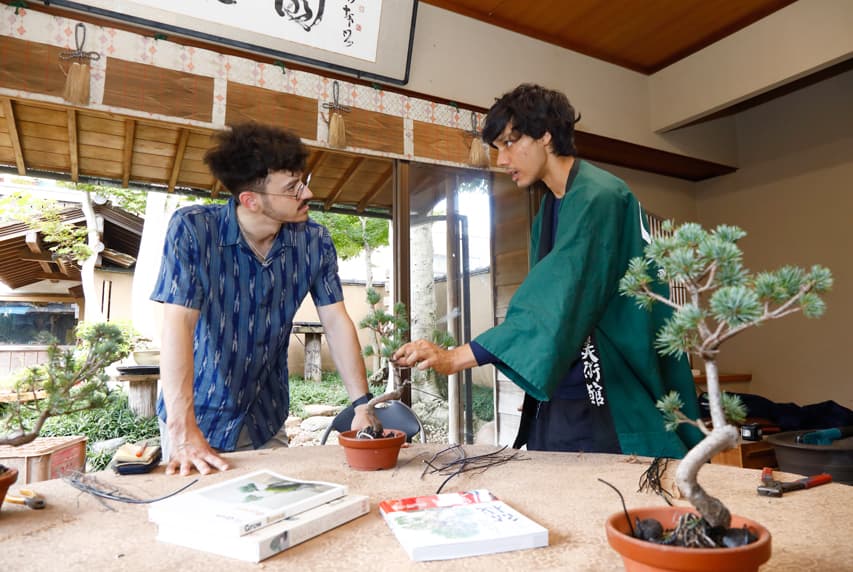
Beginner workshops allow you to experience a small slice of a bonsai’s life cycle: wiring and setting the trunk and branches. A tree’s trunk must be set with wire first, after which it is gradually shaped over the course of ten or more years before becoming a mature bonsai.
Wiring branches requires strong spatial reasoning. It is generally best not to cross wires, so as wires accumulate on the tree, it becomes a puzzle of how and where to place the next wire. Once each branch is wired, shaping begins.
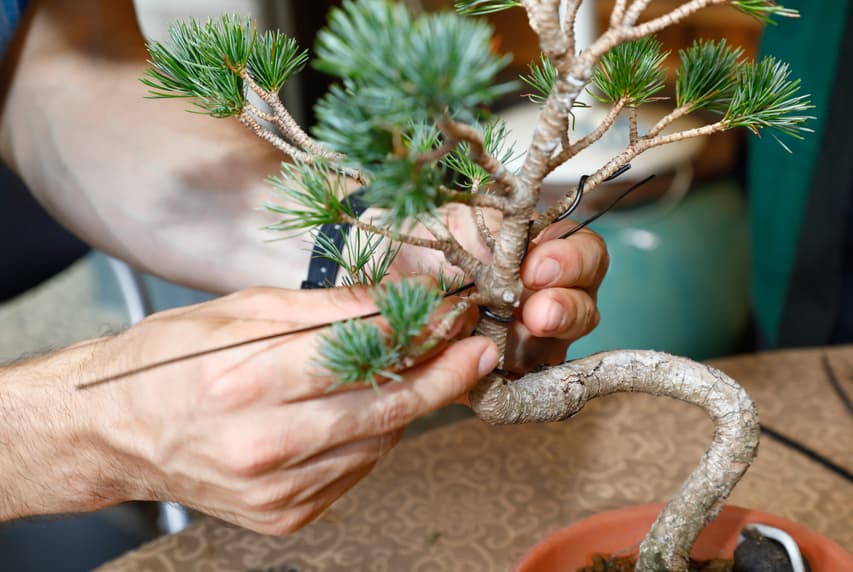
After working on a young bonsai, you’re welcome to explore the museum, where you can see what such a small tree can become. The museum houses a variety of trees, architectural spaces and related art forms. There are various types of bonsai trees in addition to the standard black pine bonsai used in the workshop. Japanese artists have traditionally used five-needle pine, Chinese juniper and temple juniper, but bonsai is not limited to specific kinds of trees. In Spain and Italy—countries that Kobayashi has praised for their excellence in bonsai—artists often use trees characteristic of their home countries, such as olive trees.
Some of the museum’s architectural features reflect the spaces where bonsai have been used as ornamentation over the years. There is a traditional garden, complete with a koi pond, and a tokonoma—an alcove often found in Japanese homes for displaying art.
Also featured in the museum is suiseki, an art form that sees naturally shaped stones presented and admired as-is. Suiseki stones are often displayed alongside bonsai.
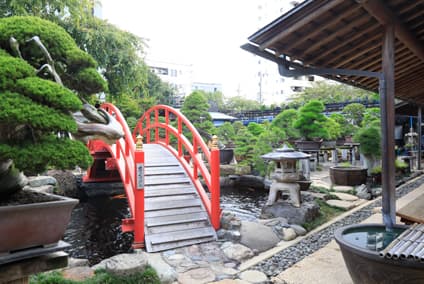
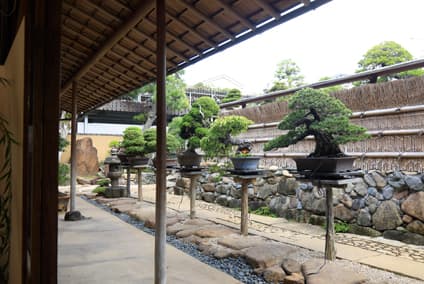
Shunkaen Bonsai Museum
1-29-16 Niihori, Edogawa City, Tokyo
Website
Kintsugi: preserving tradition and pottery
Tsugu Tsugu
Learn about kintsugi firsthand from the craftspeople keeping it alive. Kintsugi is a traditional craft focused on mending broken pottery with a mixture of lacquer, gold and other materials. This craft epitomizes the principle of repairing old items before buying new. Instead of hiding cracks and blemishes, it puts them on display with gold. Each piece of kintsugi pottery is unique and proudly bears its scars.

At Tsugu Tsugu, you can take a workshop and take home a piece of Japanese tradition. As it takes time for kintsugi to cure, Tsugu Tsugu can arrange to send your finished piece to you by courier service.
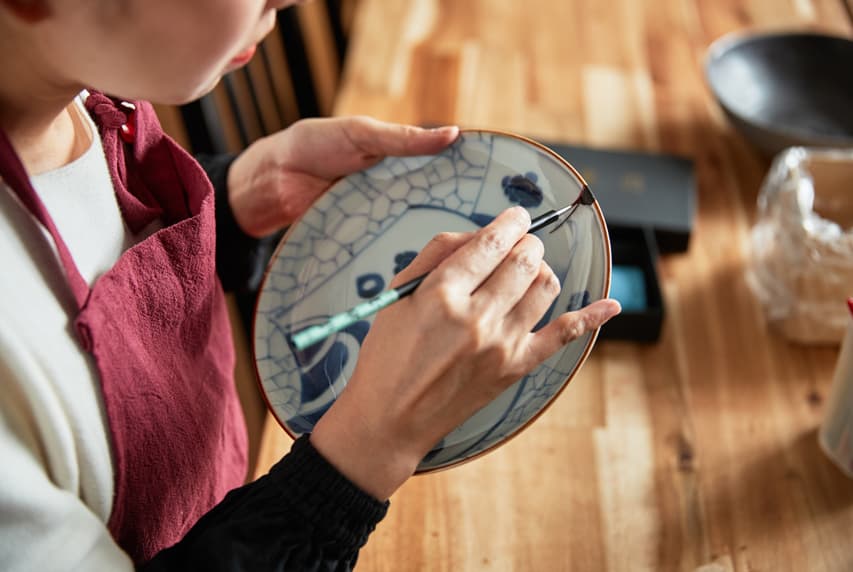
Tsugu Tsugu
1F akikito apt., 2-21-2 Ebisu, Shibuya City, Tokyo
Website
Washi: Japan’s distinct paper
Ozu Washi
Learn about washi, the traditional Japanese paper with myriad applications, at washi workshop Ozu Washi in the heart of Tokyo. The versatile paper used in latticed shoji doors and ornate fusuma dividers among other applications has been a staple in Japanese houses for over 1,300 years.
At Ozu Washi, in operation since 1653, you can watch an instructor at work or try making washi yourself. You’ll get to take home the washi you make for a one-of-a-kind souvenir. Be sure to make a reservation in advance.
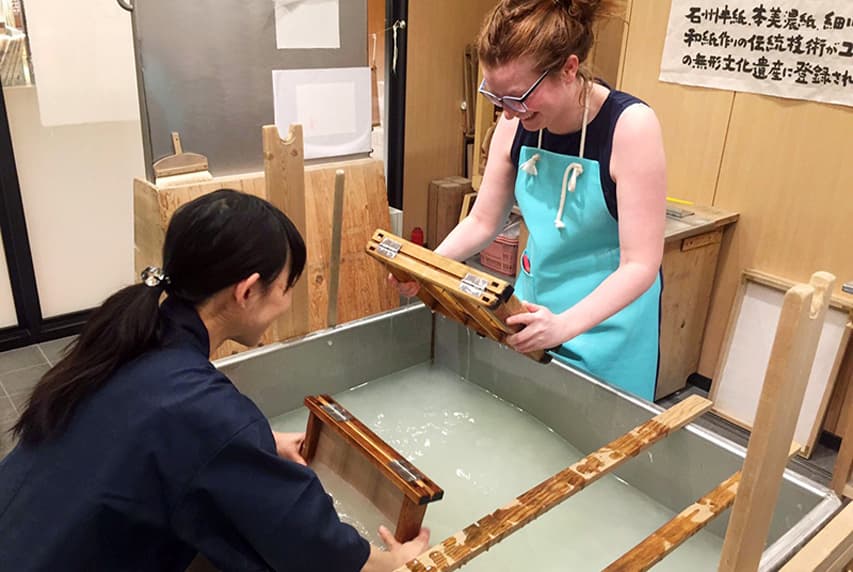
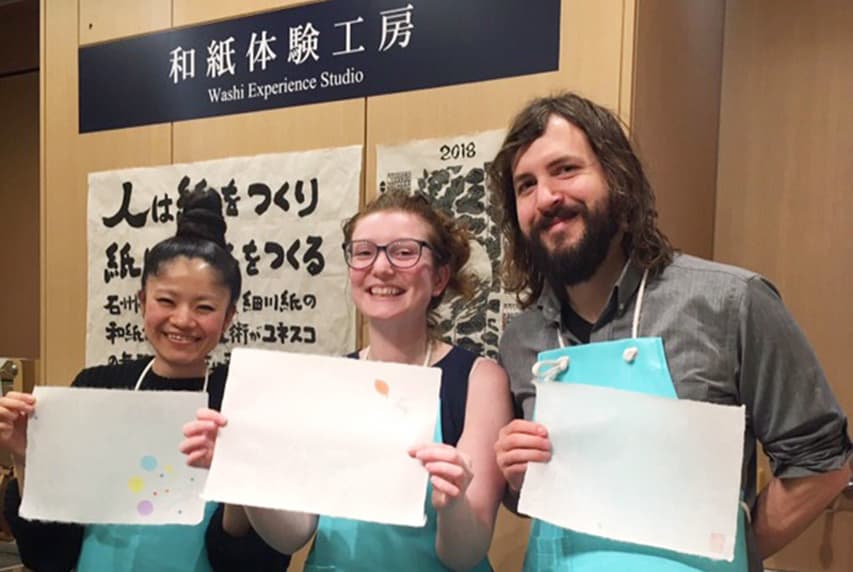
Ozu Washi
OzuHonkan Bldg., 3-6-2 Nihonbashihoncho, Chuo City, Tokyo
Website